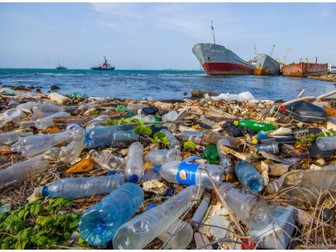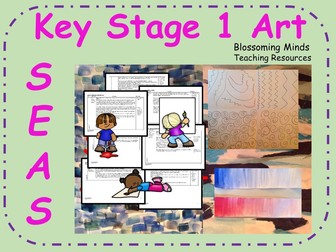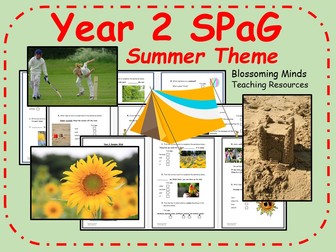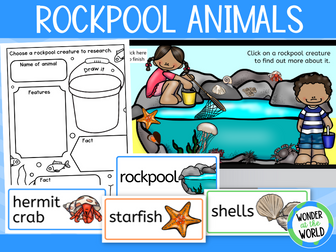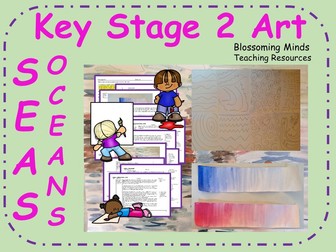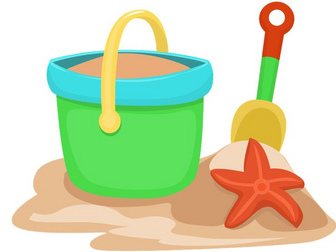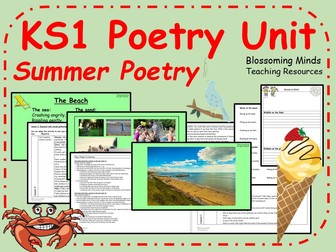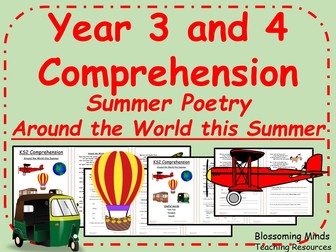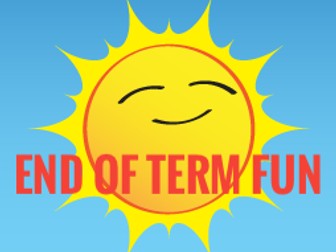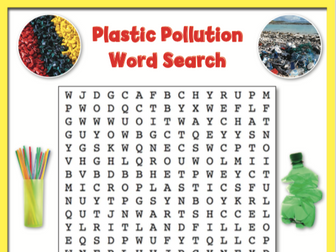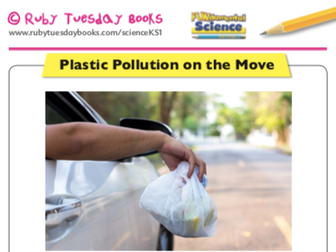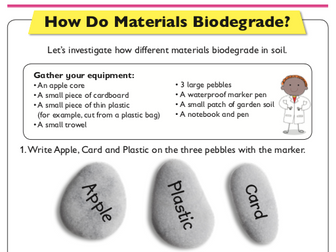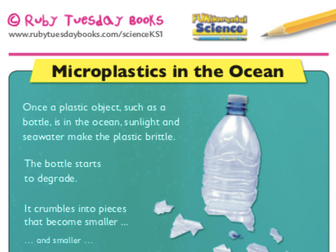
Reduce, Reuse, Recycle! A Class Assembly about Plastic Pollution in the Sea.
“By 2050, the ocean is expected to contain more plastics than fish.”
You almost certainly know about the problems the world’s oceans are having with all the plastic ending up in them. You may also have heard about, or seen, Sky Ocean Rescue, Blue Planet II and/or any of the other more recent documentaries.
This is an assembly I wrote for my year 4 class production that got good reviews from the critics (parents, teachers and children!) who watched it. It could be adapted in any way you want, including for any year group in Key Stages 1, 2 or 3.
The pack contains the following:
a Microsoft Word script (with space on the left to write children’s names) and a PDF version;
a PowerPoint presentation which has all the pictures and videos in the correct order;
and the original video files themselves (because you’ll need them to link to the PowerPoint if you want it to play automatically; I couldn’t find a way to do it because I converted it from a Google Slides document).
Reduce, reuse, recycle!
(The quote at the top is taken from the World Economic Forum, 2016: http://www3.weforum.org/docs/WEF_The_New_Plastics_Economy.pdf.)
